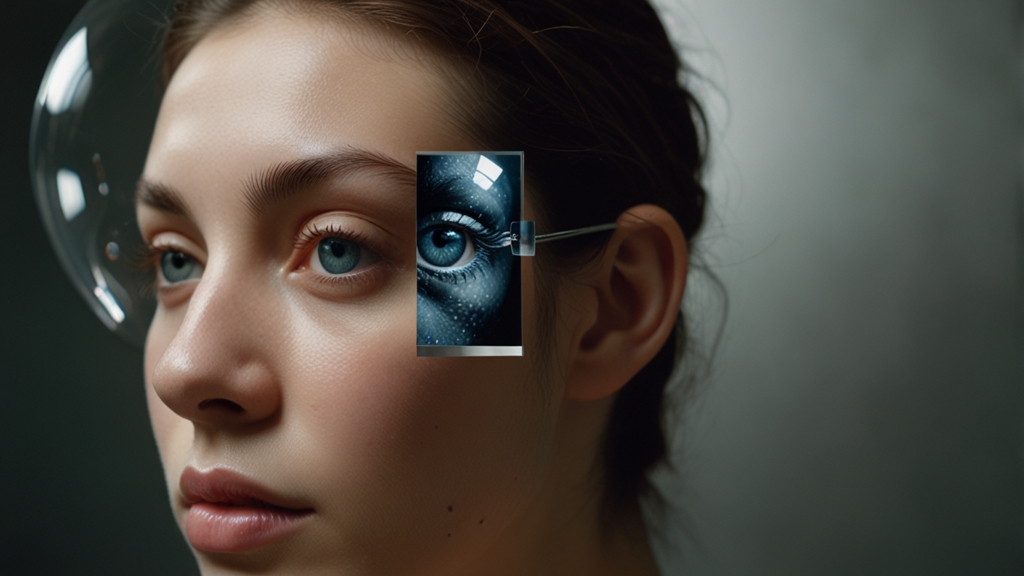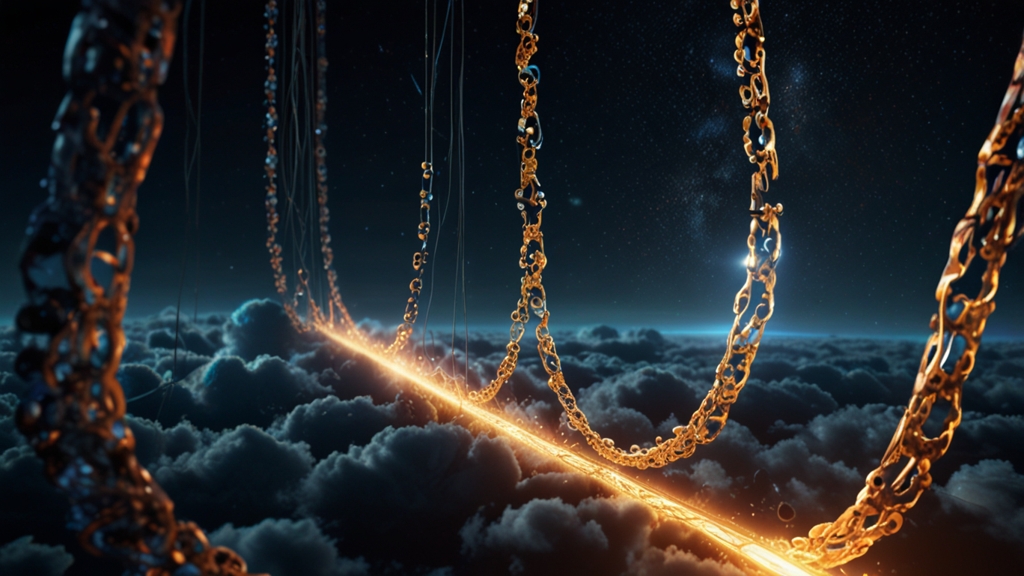The Revival of Interest in Epistles Among Millennials
In the age of instantaneous communication, where text messages and social media updates dominate, an unexpected trend is emerging: the revival of interest in epistles among millennials. This seemingly antiquated form of communication, characterized by its thoughtful and deliberate nature, is finding new appreciation among young adults. But why are millennials, often derided for their short attention spans, turning to this old-fashioned mode of expression?
The Charm of Slow Communication
One reason behind this resurgence is the charm of slow communication. In a world overwhelmed by rapid interactions, the epistle offers a refreshing alternative. Writing an epistle requires time, contemplation, and effort, which contrasts sharply with the brevity of digital messages. This thoughtful approach allows for deeper connections and more meaningful exchanges, something many digital-native millennials are craving.
“I started writing letters to my friends during the lockdown,” shared Emily, a 28-year-old graphic designer. “It was a way to feel connected despite the distance. There's something incredibly personal and intimate about receiving a handwritten letter.”
Nostalgia and Tangibility
Nostalgia plays a significant role in this revival. Millennials, often described as a nostalgic generation, find comfort in the tangible aspects of epistles. The act of holding a letter, seeing the unique handwriting, and even the scent of paper can create a powerful emotional response. This tangibility contrasts with the ephemeral nature of digital communications, which can feel transient and less substantial.
Moreover, the aesthetic appeal of letter writing cannot be ignored. From choosing elegant stationery to sealing envelopes with wax, the process can be artistically gratifying. This creative expression is another draw for millennials, who often seek outlets for their individuality and personal style.
Building Authentic Connections
Millennials are often accused of fostering superficial relationships through social media. Writing epistles counters this by necessitating meaningful engagement. A well-crafted letter demands attention, intention, and thought, fostering a deeper level of communication. The recipient, in turn, feels valued and appreciated, leading to stronger, more authentic connections.
This is particularly important in an age where mental health issues are prevalent. The isolation brought about by digital interactions can be mitigated through such sincere means of communication. Knowing that someone took the time to write a letter can be profoundly comforting, providing emotional support and a sense of belonging.
“Reading a letter from an old friend felt like a hug,” said John, a 32-year-old teacher. “In times when we're physically apart, these letters bridged the emotional gap. They meant more to me than any number of texts or emails ever could.”
A Blend of Tradition and Technology
Interestingly, the revival of epistles does not completely shun modern technology. Millennials often blend traditional letter-writing with digital elements. For instance, some might draft their letters on a computer before transcribing them by hand. Others use social media to share images of their epistles, combining the best of both worlds - the authenticity of the handwritten word and the reach of digital platforms.
Furthermore, online communities and forums dedicated to letter writing, such as Reddit threads and Instagram hashtags, have sprung up, enabling enthusiasts to exchange tips, find pen pals, and showcase their epistolary creations. This fusion of old and new forms a unique hybrid that appeals to the sensibilities of modern millennials.
Conclusion
The revival of interest in epistles among millennials is a fascinating phenomenon that reflects broader cultural shifts. As the generation grapples with the impersonal nature of digital communication, the epistle offers a means to reconnect on a deeper, more personal level. Combining the charm of slow communication, the tangible allure of nostalgia, and the quest for authentic connections, letters have found a new place in the hearts of young adults. This trend, enriched by a blend of tradition and technology, suggests that the timeless art of letter writing is far from extinct, even in the 21st century.
As one millennial aptly put it, "Letters might be old-fashioned, but they make me feel more connected than any modern technology ever has."






